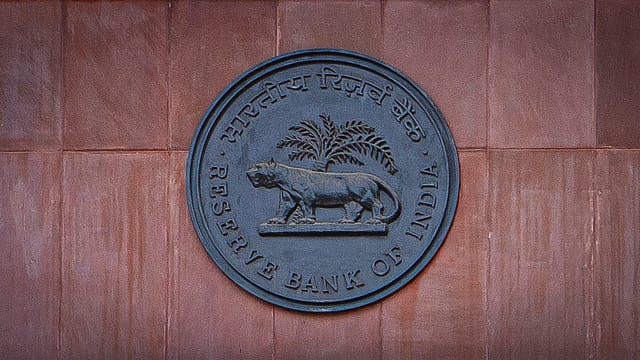RBI pays ₹30,307 cr dividend to Centre for FY22
ADVERTISEMENT

The central board of directors of Reserve Bank of India (RBI) approved the transfer of ₹30,307 crore as surplus to the central government for the financial year 2021-22. Meanwhile, the central bank has decided to maintain the contingency risk buffer at 5.50%.
The decision was taken at the 596th meeting of the board, chaired by RBI governor Shaktikanta Das, Deputy governors Mahesh Kumar Jain, Michael Debabrata Patra, M. Rajeshwar Rao, T. Rabi Sankar and other directors of the central board were also in attendance.
During the meeting, the RBI Board reviewed the current economic situation, global and domestic challenges, and the impact of recent geopolitical developments.
The board also discussed the working of the RBI during the year April 2021 to March 2022, and approved the annual report and accounts of the central bank for the accounting year 2021-22.
The dividend of ₹30,307 crore is also in stark deviation from the budget estimates set by the central government for FY23. In the budget earlier this year, the government had estimated receiving ₹73,948 crore as dividend from the RBI and other public sector banks in the current fiscal.
January 2026
Netflix, which has been in India for a decade, has successfully struck a balance between high-class premium content and pricing that attracts a range of customers. Find out how the U.S. streaming giant evolved in India, plus an exclusive interview with CEO Ted Sarandos. Also read about the Best Investments for 2026, and how rising growth and easing inflation will come in handy for finance minister Nirmala Sitharaman as she prepares Budget 2026.
This budgeted estimate of ₹73,948 crore is 27% lower than ₹1.01 lakh crore the Centre had received during FY22. Of this, the RBI had paid a dividend of ₹99,122 crore in May last year for the nine months from July 2020 to March 2021. The dividend payout was adjusted to this period as the central bank aligned its financial year with that of the government. Before that, the RBI used to follow the July-June period as the financial year as opposed to the government’s April-March financial year.
Compared to the ₹99,122 crore for nine months last year, the ₹30,307 crore in the current year is for the full 12 months of FY22.
The dividend declining to a third of what it was last year might be an indication of adverse impact of the RBI’s extensive reverse repo operations on its interest income during FY22. The central bank had implemented these measures to suck out excess liquidity that was infused in the banking system to tide over the pandemic-led disruptions in March 2020.
The liquidity measures to spur growth in the wake of the pandemic had injected ₹8.5 lakh crore extra liquidity in the system. The central bank has been conducting variable rate reverse repo (VRRR) auctions to suck this extra liquidity out and ease inflationary pressure. Since the RBI pays banks interest on these reverse repo operations, its net interest income must have dwindled. The picture will become clearer in the RBI’s annual reports later this month.
With inflation growing uncomfortably high, the RBI is planning to reduce liquidity in the system through a multi-year exercise. In its April meeting, the monetary policy committee had introduced the standing deposit facility (SDF) to meet this objective. Later, in a surprise meeting earlier this month, the monetary panel had increased key policy rates by 40 basis points.
